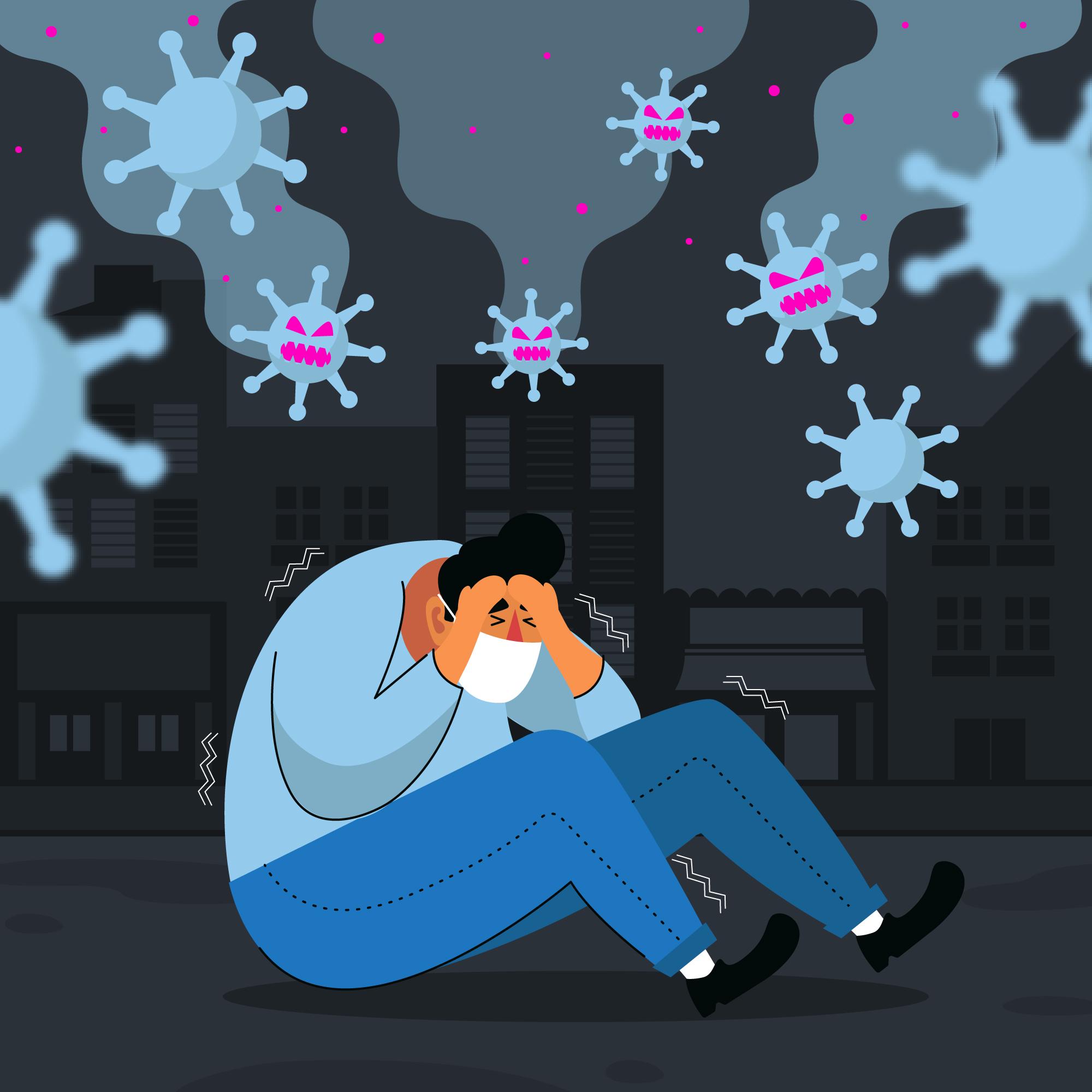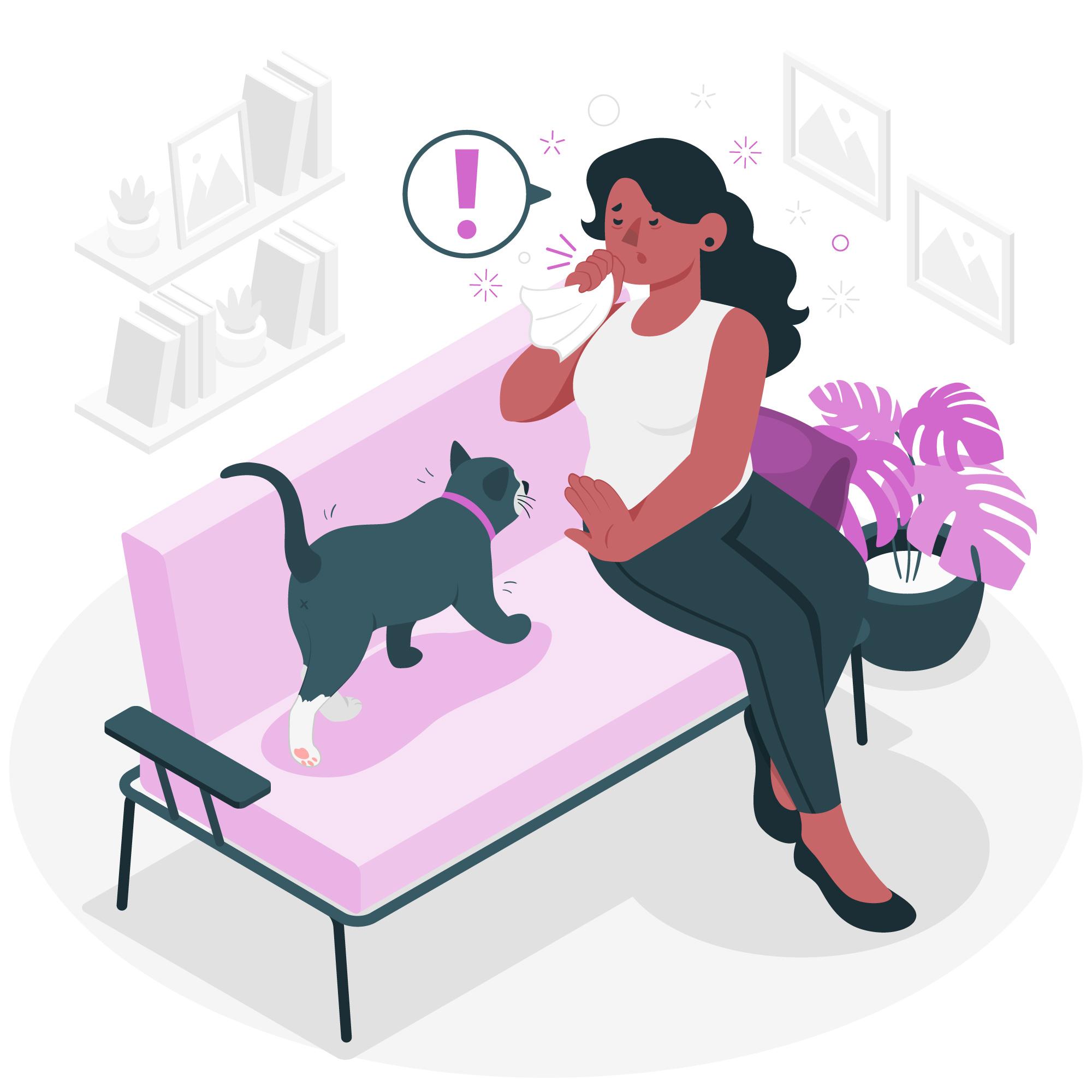Emetophobia
Overview
Emetophobia, the intense fear of vomiting, is a specific phobia that can significantly disrupt an individual’s daily life. While specific data on emetophobia within the Indian population is limited, a meta-analysis of 13 psychiatric epidemiological studies estimates the prevalence rate of phobias in India to be approximately 4.2%.
This suggests that a notable segment of the population may experience various specific phobias, including emetophobia.
Key Facts
- Prevalence: Global studies indicate that the prevalence rate of fear of vomiting in community samples is around 8.8%, with a higher occurrence in females (Female: Male ratio = 4:1).
- Onset: Emetophobia often begins in childhood and can persist into adulthood if not addressed.
Symptoms and Patterns
Individuals with emetophobia may exhibit:
- Intense anxiety at the thought of vomiting or seeing others vomit.
- Avoidance of certain foods, places, or situations associated with vomiting.
- Physical symptoms such as rapid heartbeat, sweating, or nausea when confronted with vomit-related stimuli.
- Engaging in safety behaviours, like carrying anti-nausea medications or avoiding social events.
Risk and Protective Factors
Risk Factors:
- Traumatic Experiences: Past incidents involving severe vomiting or witnessing others vomit can trigger the onset of emetophobia.
- Anxiety Disorders: Individuals with other anxiety disorders may be more susceptible to developing specific phobias, including emetophobia.
Protective Factors:
- Early Intervention: Addressing anxiety symptoms promptly can prevent the development or escalation of phobias.
- Supportive Environment: A strong support system of family and friends can help individuals confront and manage their fears.
Treatment and Care
Cognitive Behavioural Therapy (CBT) is the most effective treatment for emetophobia. CBT helps individuals identify and challenge irrational thoughts and beliefs about vomiting, leading to reduced anxiety.
Psychological and Psychosocial Interventions
- Exposure Therapy: A component of CBT, exposure therapy involves gradual and controlled exposure to vomit-related stimuli, helping individuals desensitize and reduce avoidance behaviours.
- Mindfulness Techniques: Practices such as meditation can help individuals stay grounded and manage anxiety symptoms.
- Support Groups: Connecting with others facing similar challenges can provide emotional support and practical coping strategies.
Conclusion
Emetophobia, while often overlooked, can have a profound impact on an individual’s quality of life. In India, where mental health awareness is gradually increasing, recognizing and addressing such specific phobias is crucial. With appropriate psychological interventions and support, individuals can overcome this fear and lead fulfilling lives.




